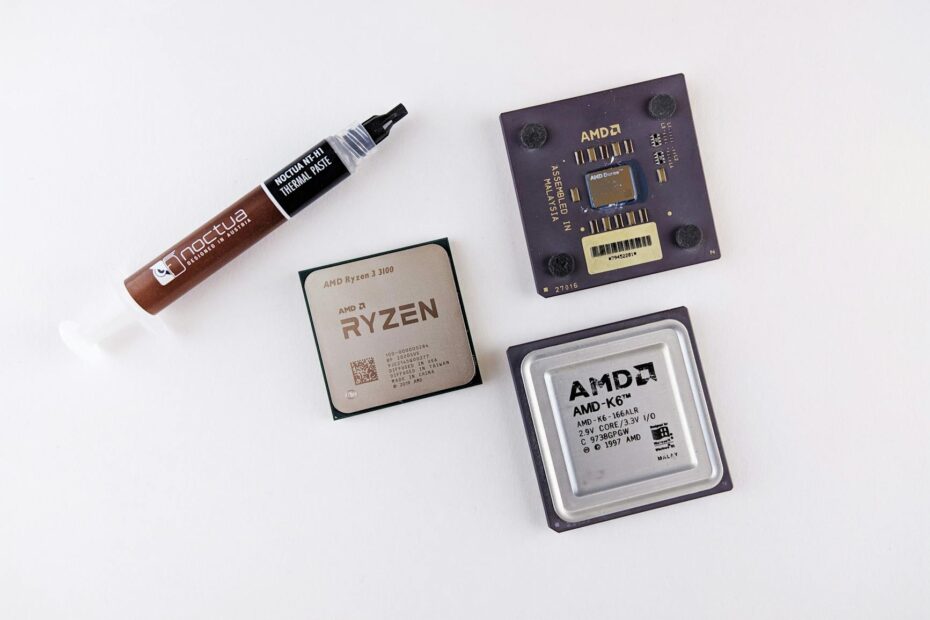Vacuum cleaners are indispensable household appliances that help you keep your home clean and tidy. Modern vacuum cleaners are equipped with a variety of electronic components that ensure efficient and convenient use. In this article, we will discuss the main electronic components of vacuum cleaners, their operating principles and maintenance tips.
The main electronic components of vacuum cleaners
Vacuum cleaners have several important electronic components that perform different functions. The main ones are:
1. **Driver**: This is the main component of the vacuum cleaner that generates the suction force. The motor is usually electric and can be DC or AC.
2. **Control Board**: This is the electronic component that controls all the operating parameters of the vacuum cleaner. It regulates the motor speed, monitors sensor data and controls other electronic components.
3. **Sensors**: Vacuum cleaners can be equipped with a variety of sensors, such as dust particle sensors, obstacle sensors and battery level sensors. These sensors help to optimise the performance of the vacuum cleaner and ensure more efficient cleaning.
4. **Battery**: If the vacuum cleaner is cordless, it will have a built-in battery. Modern vacuum cleaners often use lithium-ion batteries, which are lightweight and have a large capacity.
5. **Filters**: Although filters are not directly electronic components, they are important for the operation of the vacuum cleaner. HEPA filters and other specialised filters help trap fine dust particles and allergens.
How do the electronic components of vacuum cleaners work?
The electronic components of the vacuum cleaners work together to ensure efficient and convenient use. The motor generates the suction force, which can be adjusted via the control panel. Sensors monitor the environment and send data to the control board, which adjusts the motor speed and other parameters accordingly. The battery supplies power to all the electronic components and ensures the long-term operation of the device.
How do I maintain the electronic components of my vacuum cleaner?
To ensure a vacuum cleaner's long-lasting and efficient operation, it is important to maintain its electronic components properly. Here are some tips:
1. **Clean filters regularly**: Clogged filters can reduce suction power and cause overheating of the engine. Clean or replace filters regularly according to the manufacturer's recommendations.
2. **Clean and clean the sensors**: Sensors can become clogged with dust and dirt, so clean them regularly with a soft cloth.
3. **Battery care**: If your vacuum cleaner is cordless, it is important to maintain the battery properly. Do not use the vacuum cleaner when the battery is fully discharged and recharge it regularly.
4. **Check wires and connectors**: Wires and connectors can become worn or loose. Check regularly and repair or replace if necessary.
5. **Follow the manufacturer's instructions**: Always follow the manufacturer's instructions for the care and use of the vacuum cleaner. This will help to prevent malfunctions and prolong the life of the appliance.
Conclusions
Vacuum cleaners are complex devices that use a variety of electronic components. Understanding how these components work and maintaining them properly can help to ensure the long-term and efficient operation of your vacuum cleaner. Follow the manufacturer's instructions, check and clean the appliance regularly and your vacuum cleaner will last you for many years.

